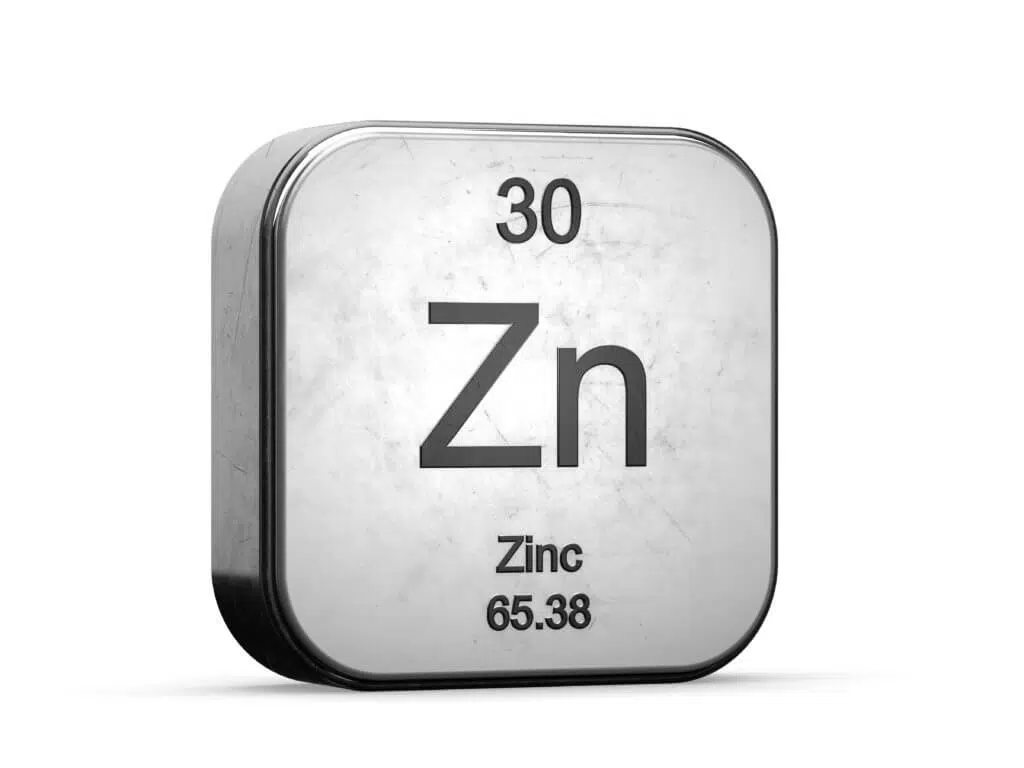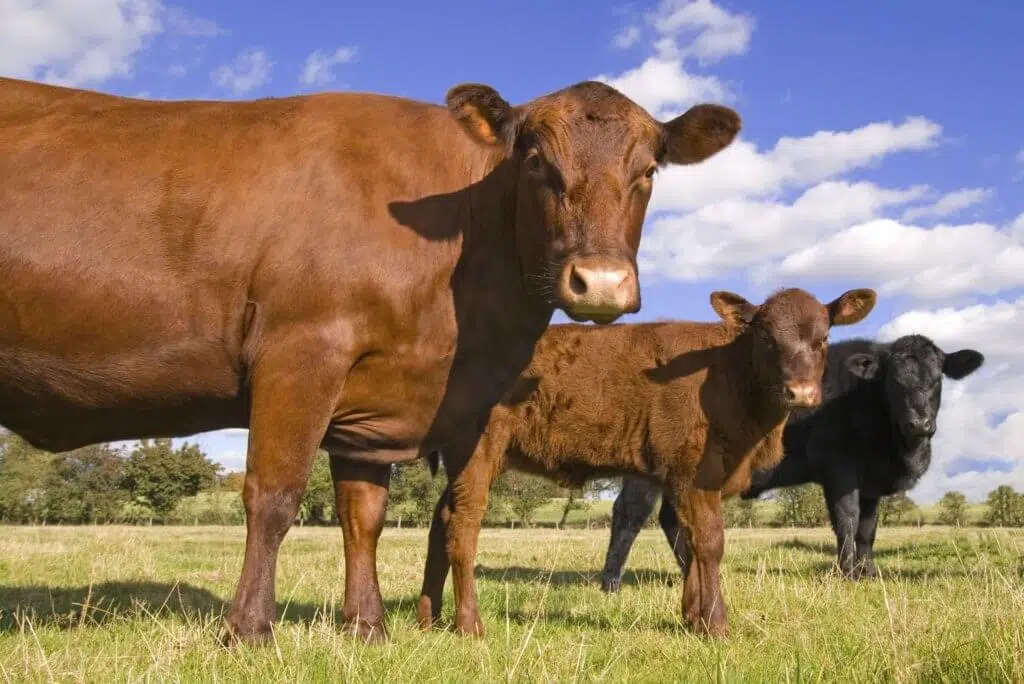Macro- and trace minerals play a key role daily in the lives of humans and the animals we care for. As veterinarians, we know the importance of these minerals. Although we don’t need as much of the trace minerals relative to the macro minerals, their need to be included in an animal’s daily intake is no less important. There is no replacement for a sound year-round vitamin and mineral formulation in a diet. Vitamins and minerals are needed every day in the life of a mammal or bird to produce molecules, proteins, hormones, co-factors, enzymes, and cytokines. These molecules play a very significant role in the immune system and response, all the all the way down to production of interferons for viral infection response.
Strategic mineral supplementation
Injectable minerals and mineral drenches are generally advertised as a supplement, not a complete mineral programme, and many of these products can only guarantee between one to five days’ supply of a mineral. The enterocyte cells of the intestine have a limited capacity to absorb minerals that are absorbed through a standard ZIP transport system. Since many of the divalent cations are absorbed through the same channel of the cell, giving a larger physiological dose orally will not increase the ability of the animal to absorb that mineral. The capacity of the cell to absorb more in one or two days does not and cannot occur.
Daily mineral supplementation
A consistent, daily intake of a mineral makes for the best opportunity for the enterocyte to absorb a known mineral. Secondly, minerals are not fed for the purpose of being stored in the liver; there is a more important role for the mineral in daily functions such as enzyme production.
Selenium, for example, is used to form the enzyme glutathione peroxidase. This process takes about seven days once mineral intake starts, which means that, by feeding selenium daily throughout the year, this enzyme is always being produced and ready for the body to use.
Another example is zinc, which is used in over 2 000 enzyme and co-factor systems in the body. Most mammals don’t store zinc well, relative to other minerals. Approximately 90% of zinc in the body is contained in the skin and the intestinal cells. Since intestinal cells last between 24 to 72 hours, there is a constant need for zinc to make the gap junction and tight junction proteins between intestinal cells. Zinc is also involved in the movement of many hormones, including insulin and growth hormone. Zinc plays a significant role in the production of hoof keratin; therefore, most cases of foot rot improve significantly when an animal increases its daily zinc intake. This is partially due to zinc making neutrophils more effective at fighting infection, and partially due to its role in improving skin integrity and so preventing bacteria from infiltrating the hoof.

Zinc plays another important role and that is in preventing and/or slowing viral replication by RNA viruses in cells. When RNA viruses multiply, they must first lay down a strand of DNA and then make a copy of RNA from the DNA. When zinc levels are high enough in the cell, zinc can displace a magnesium molecule and the final strand of RNA cannot be made, which means the virus particle cannot replicate.
Cobalt is a mineral with numerically fewer uses in mammals, but it plays one very big role, and that is in the production of B-vitamins. Mammals have the capacity to store some cobalt; however, cobalt is needed mostly in the rumen itself so that fibre-digesting bacteria can utilise the cobalt for B-vitamin synthesis. Storing cobalt in the liver and moving it back out to the rumen is not as efficient as making cobalt available in the rumen daily.
Conclusion
Year-round daily mineral supplementation will enable the best performance in animals and humans. What day in the life of ourselves, our pets, or our production animals do they not need vitamins and minerals? The truth is we need them daily, in a consistent amount.









